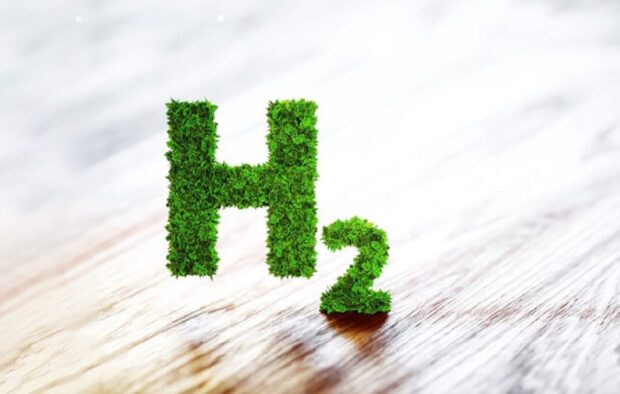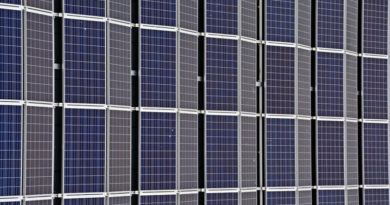Korean Researchers Develop New Electrolysis Technology To Produce Green Hydrogen
A novel heterostructured catalyst consisting of hollow cobalt sulfide (CoSx) and nickel-iron (NiFe) layered double hydroxide (LDH) nanosheets that simultaneously boost both the half-reactions stands to make the electrolysis process faster and cheaper, potentially.
 Six Mega Green Hydrogen Projects To Come Up In Australia With $2bn Funding
Six Mega Green Hydrogen Projects To Come Up In Australia With $2bn Funding
The researchers at Chung-Ang University have developed a new Heterostructure Catalyst for hydrogen generation from water splitting. This is being claimed as an extraordinary invention by the research team.
Hydrogen is a clean energy source that can help mitigate the GHG emissions. Green Hydrogen by ‘electrocatalytic water splitting’ or electrolysis is more viable. Unfortunately, electrolysis requires expensive and rare metal catalysts like platinum to maintain efficiency. Hence, the process has limitations with large-scale industrial applications.
A relatively inexpensive option is transition metal-based catalysts, such as oxides, sulfides, hydroxides of cobalt, nickel, iron etc. However, there is a catch: the electrocatalytic water splitting consists of two half-reactions, namely the hydrogen evolution reaction (HER) and the oxygen evolution reaction (OER). In OER, water molecules are oxidized to form oxygen and positive hydrogen ions at the anode (positively charged electrode). The hydrogen ions then move across the electrolyte to the cathode (the negatively charged electrode), where they are reduced to produce hydrogen (HER). It turns out that most transition metal-based catalysts reported so far can only catalyze either HER or OER. This makes for a complicated configuration and a higher overall cost.
Against this backdrop, researchers from Chung-Ang University in Korea developed, in a new study, a novel heterostructured catalyst consisting of hollow cobalt sulfide (CoSx) and nickel-iron (NiFe) layered double hydroxide (LDH) nanosheets that simultaneously boost both the half-reactions.
“A reasonable strategy for fabricating highly efficient catalysts for water splitting is to elaborately integrate OER-active NiFe LDH and HER-active catalysts into a heterostructure,” explains Assistant Professor Seung-Keun Park, who headed the study.
Park also holds, “Given their high surface area and open structure, hollow HER catalysts are believed to be ideal for this job. It turns out that metal – organic frameworks (MOFs) are an efficient precursor for fabricating hollow structures. However, an MOF-based hollow catalyst with NiFe LDH has not be reported so far.”
Accordingly, the researchers electrochemically deposited NiFe LDH nanosheets in a controlled manner on the surface of hollow CoSx nanoarrays supported on nickel foam. “The integration of an active HER catalyst, CoSx and an OER catalyst, NiFe LDH, guarantees a superior bifunctional catalytic activity,” says Dr. Park.
And indeed, the catalyst was able to consistently deliver a high current density of 1000 mA cm-2 in both half-reactions at low cell voltages, suggesting its feasibility for industrial scale water-splitting applications. The researchers attributed this to the presence of ample active sites on the catalyst heterostructure, which enabled electrolyte penetration and gas release during the reactions. Additionally, an electrolyzer based on this catalyst demonstrated a high current density of 300 mA cm-2 at a low cell voltage and a durability of 100 hours in overall water splitting.
“The enhanced electrocatalytic properties of our catalyst is likely due to its unique hierarchical heterostructure and the synergy between its components. We believe that our work will take us one step closer towards realizing a zero emission society,” says Park.




